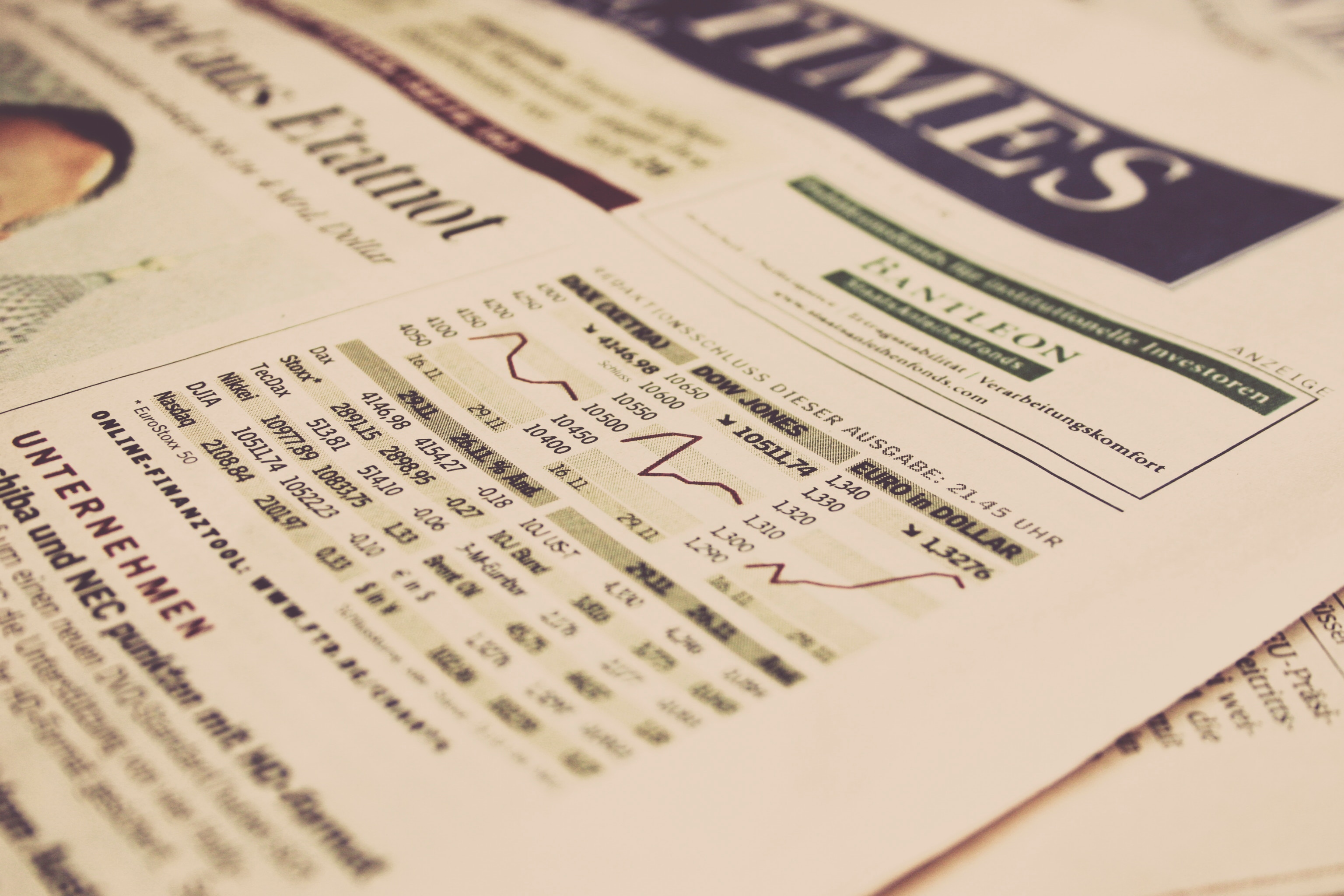Principles for the Effective Management and Supervision of Climate-related Financial Risks
After completing this reading, you should be able to: Describe the principles for the management of climate-related financial risks related to corporate governance and internal control framework. Describe the principles for the management of climate-related financial risks related to capital…
Risk Governance
After completing this reading, you should be able to: Explain Basel regulatory expectations for an operational risk management framework’s governance. Describe and compare the roles of different committees and the board of directors in operational risk governance. Describe the…
Machine Learning and AI for Risk Management
After completing this reading, you should be able to: Explain the distinctions between the two broad categories of machine learning and describe the techniques used within each category. Analyze and discuss the application of AI and machine learning techniques in…

Operational and Integrated Risk Management
Introduction to Operational Risk and Resilience Risk Governance Risk Identification Risk Measurement and Assessment Risk Mitigation Risk Reporting Integrated Risk Management Cyber-resilience: Range of Practices Case Study: Cyberthreats and Information Security Risks Sound Management of Risks related to Money Laundering…
Operational Resilience: Impact Tolerance for Important Business Services
After completing this reading, you should be able to: Describe an impact tolerance; explain best practices and potential benefits for establishing the impact tolerance for a business service. Provide and explain criteria that firms should use to determine their important…
Principles for Operational Resilience
After completing this reading, you should be able to: Define and describe operational resilience and explain essential elements of operational resilience. Explain recommended principles that banks should follow to implement an effective operational resilience approach. In the years following the…
LIBOR Transition Case Studies for Navigating Conduct Risks
After completing this reading, you should be able to: Discuss regulatory expectations on LIBOR transition and how these expectations can help market participants in their management of conduct risk arising from the transition. Analyze the risks of LIBOR transition from…
Holistic Review of the March Market Turmoil
After completing this reading, you should be able to: Identify the key market developments that took place during the March 2020 COVID-19 market turmoil, conditions that were prevalent, and their effects on the financial markets and its participants. Describe how…
Covid-19 and Cyber Risk in the Financial Sector
After completing this reading, you should be able to: Define cyber risk and describe the elements that constitute it. Describe and compare causes of cyber risks and methods of enacting cyber attacks. Identify and explain the effect COVID-19 has had…
The Rise of Digital Money
After completing this reading, you should be able to: Describe and compare different attributes of means of payment. Describe the risks faced by the banking sector as e-money adoption increases and identify means of mitigating those risks. Explain reasons for…




